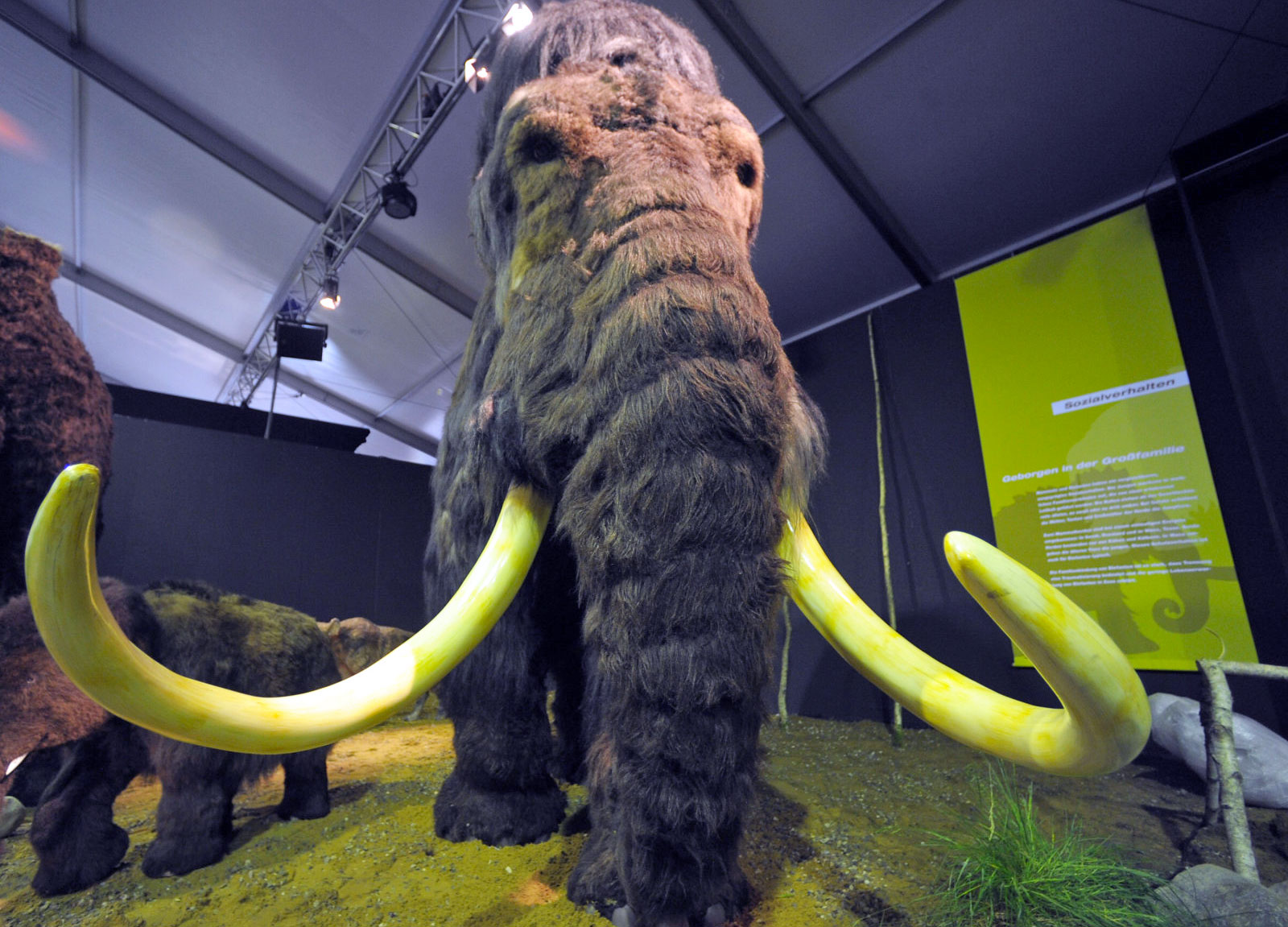
We've known little of the genetic sequences of our precursors, despite having found many examples of their remains: the requirement for two strands in traditional DNA sequencing isn't much help when we're usually thankful to get just one. The Max Planck Institute has devised a new, single-strand technique that may very well fill in the complete picture. Binding specific molecules to a strand, so enzymes can copy the sequence, has let researchers make at least one pass over 99.9 percent of the genome of a Siberian girl from roughly 80,000 years ago -- giving science the most complete genetic picture of any human ancestor to date, all from the one bone you see above. The gene map tells us that the brown-skinned, brown-eyed, brown-haired girl was part of a splinter population known as the Denisovans that sat in between Neanderthals and ourselves, having forked the family tree hundreds of thousands of years before today. It also shows that there's a small trace of Denisovans and their Neanderthal roots in modern East Asia, which we would never have known just by staring at fossils. Future discoveries could take years to leave an impact, but MPI may have just opened the floodgates of knowledge for our collective history.
Filed under: Science, Alt
Max Planck Institute sequences genome of Siberian girl from 80,000 years ago, smashes DNA barriers originally appeared on Engadget on Mon, 03 Sep 2012 01:42:00 EDT. Please see our terms for use of feeds.
Permalink  Wired
Wired |
 ScienceNOW (purchase required)
ScienceNOW (purchase required) |
Email this |
Comments
 A lake in Siberia nicknamed the Novosibirsk Maldives is a popular Instagram spot because of the appealing color of the water. It's also close to a Trans-Siberian Railway stop. The turquoise visage has a similar hue to oceans or seas you might see at...
A lake in Siberia nicknamed the Novosibirsk Maldives is a popular Instagram spot because of the appealing color of the water. It's also close to a Trans-Siberian Railway stop. The turquoise visage has a similar hue to oceans or seas you might see at...
 A lake in Siberia nicknamed the Novosibirsk Maldives is a popular Instagram spot because of the appealing color of the water. It's also close to a Trans-Siberian Railway stop. The turquoise visage has a similar hue to oceans or seas you might see at...
A lake in Siberia nicknamed the Novosibirsk Maldives is a popular Instagram spot because of the appealing color of the water. It's also close to a Trans-Siberian Railway stop. The turquoise visage has a similar hue to oceans or seas you might see at...
 After successfully extracting sequenceable DNA from a pair of Woolly Mammoth carcasses pulled from Siberia's permafrost in 2014, a team of Harvard researchers announced on Thursday that they are tantalizing close to cloning the (currently) extinct pa...
After successfully extracting sequenceable DNA from a pair of Woolly Mammoth carcasses pulled from Siberia's permafrost in 2014, a team of Harvard researchers announced on Thursday that they are tantalizing close to cloning the (currently) extinct pa...




